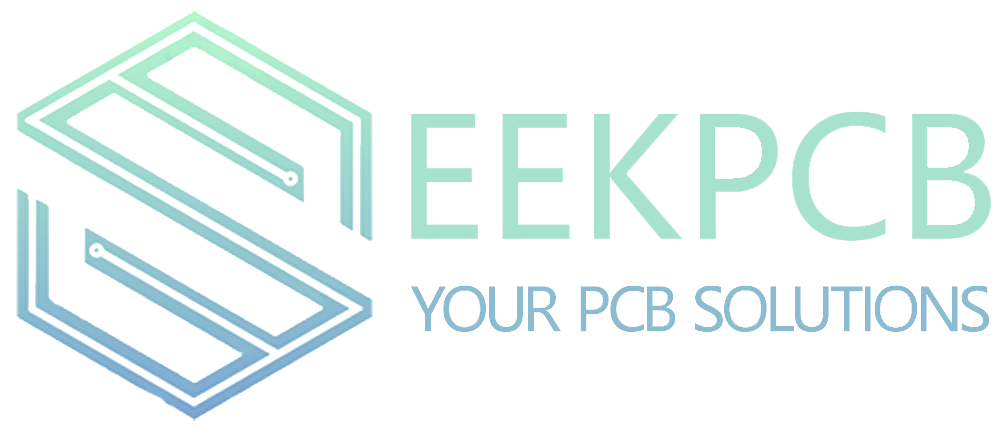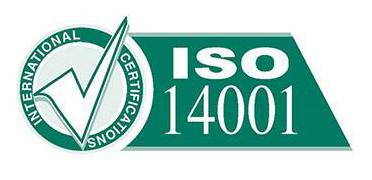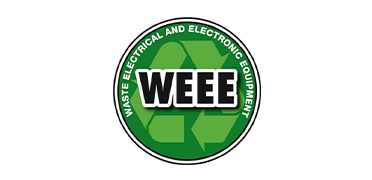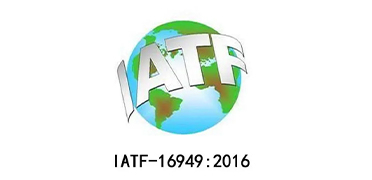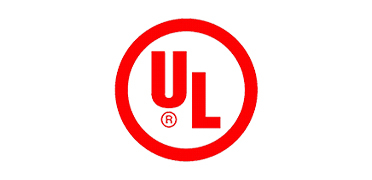








Ceramic substrate:
It is a Circuit Board based on ceramic materials, which can also be called ceramic PCB (Printed Circuit Board). Unlike the common glass fiber reinforced plastic (FR-4) substrate, ceramic circuit boards use ceramic substrates, which can provide higher temperature stability, better mechanical strength, better dielectric properties and longer life. Ceramic circuit boards are mainly used in high temperature, high frequency and high power circuits, such as LED lights, power amplifiers, semiconductor lasers, RF transceivers, sensors and microwave devices. Advantages: High thermal conductivity, high stability, low loss.
Material:
1. Aluminum nitride (AIN), aluminum nitride has two important properties worth noting: one is high thermal conductivity, and the other is the expansion coefficient that matches silicon. The disadvantage is that even if the surface has a very thin oxide layer, it will affect the thermal conductivity.
2, Alumina (AI203), so far, alumina ceramic substrate is a commonly used substrate material in the electronics industry, because compared with most other oxide ceramics in mechanical, thermal and electrical properties, it has high strength and chemical stability, and rich raw material sources, suitable for a variety of technical manufacturing and different shapes.

3, BeO (Beryllium oxide), which has a higher thermal conductivity than aluminum, is used where a high thermal conductivity is required. But when the temperature exceeds 300 ° C, the drop is rapid. The important thing is that its toxicity limits its development.
4, Silicon nitride (Si3N4), a material with high fracture toughness and strong heat shock resistance, is often used as an alternative material for molds in recent years. Heat shock resistance High temperature mechanical strength abrasion resistance Corrosion resistance electrical insulation High toughness. Silicon nitride ceramic substrate, strong mechanical, high temperature resistance, corrosion resistance, wear resistance, widely used in automotive shock absorbers, engines, automotive IGBT products, as well as transportation tracks, aerospace and other fields.

5,Silicon carbide (SIC), silicon carbide copper-coated ceramic substrate is essentially a silicon material, silicon carbide has this superior thermal conductivity, determines its high current density characteristics. The higher band gap width determines the high breakdown field strength and high operating temperature of silicon carbide (SiC) ceramic circuit board. The core advantages are high temperature resistance, high pressure resistance, wear resistance, low loss, high frequency operation.
6, Aluminum silicon carbide substrate (AISiC), is the abbreviation of aluminum based silicon carbide particle reinforced composite material, also known as aluminum silicon carbide or aluminum silicon carbon, in rail locomotives, aircraft, semiconductor IGBT devices, military and other products are used. Aluminum Silicon Carbide substrate (AISiC) Core advantages:
1),AISiC has a high thermal conductivity (170~200W/mK), only second to the diamond ceramic substrate.
2), AISiC thermal expansion coefficient and semiconductor chip and ceramic substrate to achieve a good match, adjustable thermal expansion coefficient (6.5~9.5×10-6/K) can prevent fatigue failure. The power chip can even be installed directly onto the AISiC baseboard.
3), aluminum silicon carbide substrate light weight, strong hardness, high bending strength, good seismic effect. The material of choice in harsh environments.
4), aluminum silicon carbide substrate (AI/SiC) because of its low raw material cost, high thermal conductivity, low density, strong plasticity and other advantages, and more and more people's attention. The thermal expansion coefficient of SiC particles is similar to that of LED chip substrate, and the elastic modulus is high and the density is small. At the same time, aluminum's characteristics of high thermal conductivity, low density, low cost and easy processing make it have unique advantages when used as substrate materials
7,Sapphire ceramic substrate, sapphire is a single crystal AI203 with hexagonal (rhombohedral) crystal structure, sapphire has a unique combination of physical, chemical and optical properties. It is a high value material of great commercial value, and at the same time it is the strongest, toughest, thermal shock and chemical resistance material to date. Sapphire has excellent electrical insulation, transparency, good thermal conductivity and high rigidity, so it is an ideal substrate material. For leds and microelectronic circuits, ultra-high-speed integrated circuits, it is used to grow III-V or II-VI compound semiconductors. The R or M plane is used to grow the non-polar/semi-polar epitaxial layer, which helps to improve the luminous efficiency. Hybrid microelectronics, microelectronics IC applications use sapphire substrate, stable dielectric constant and low dielectric loss make it suitable for hybrid microelectronics products.
+86-18925293263
